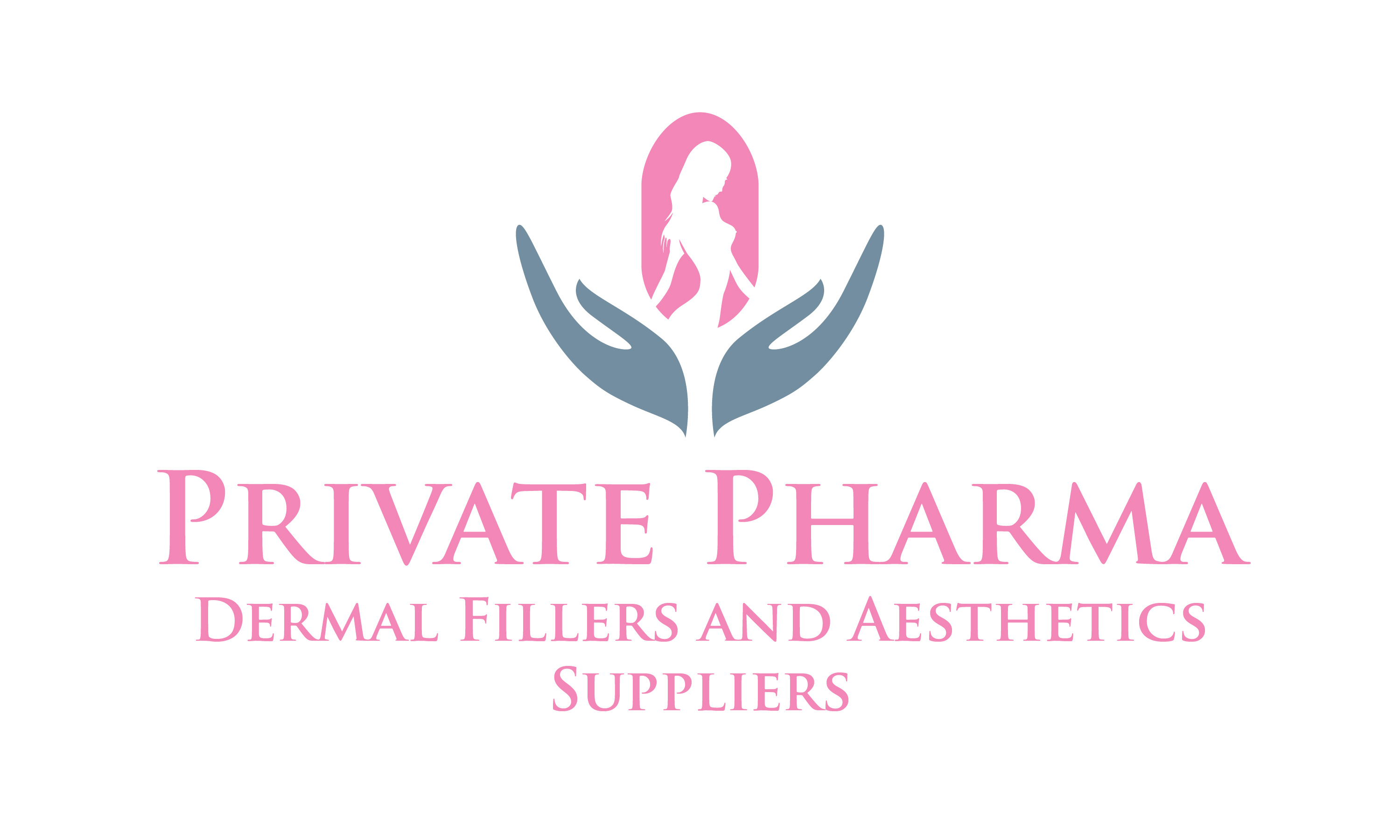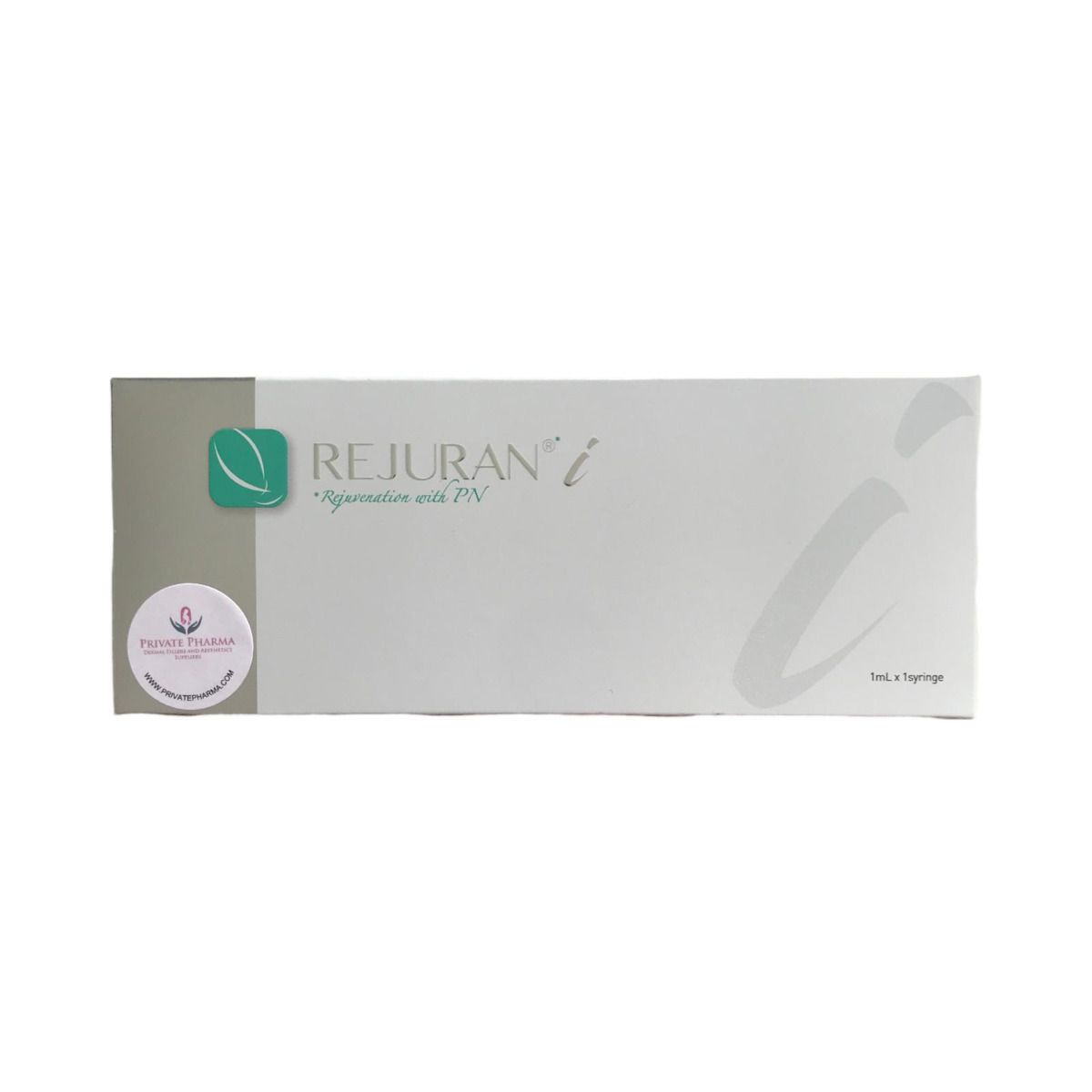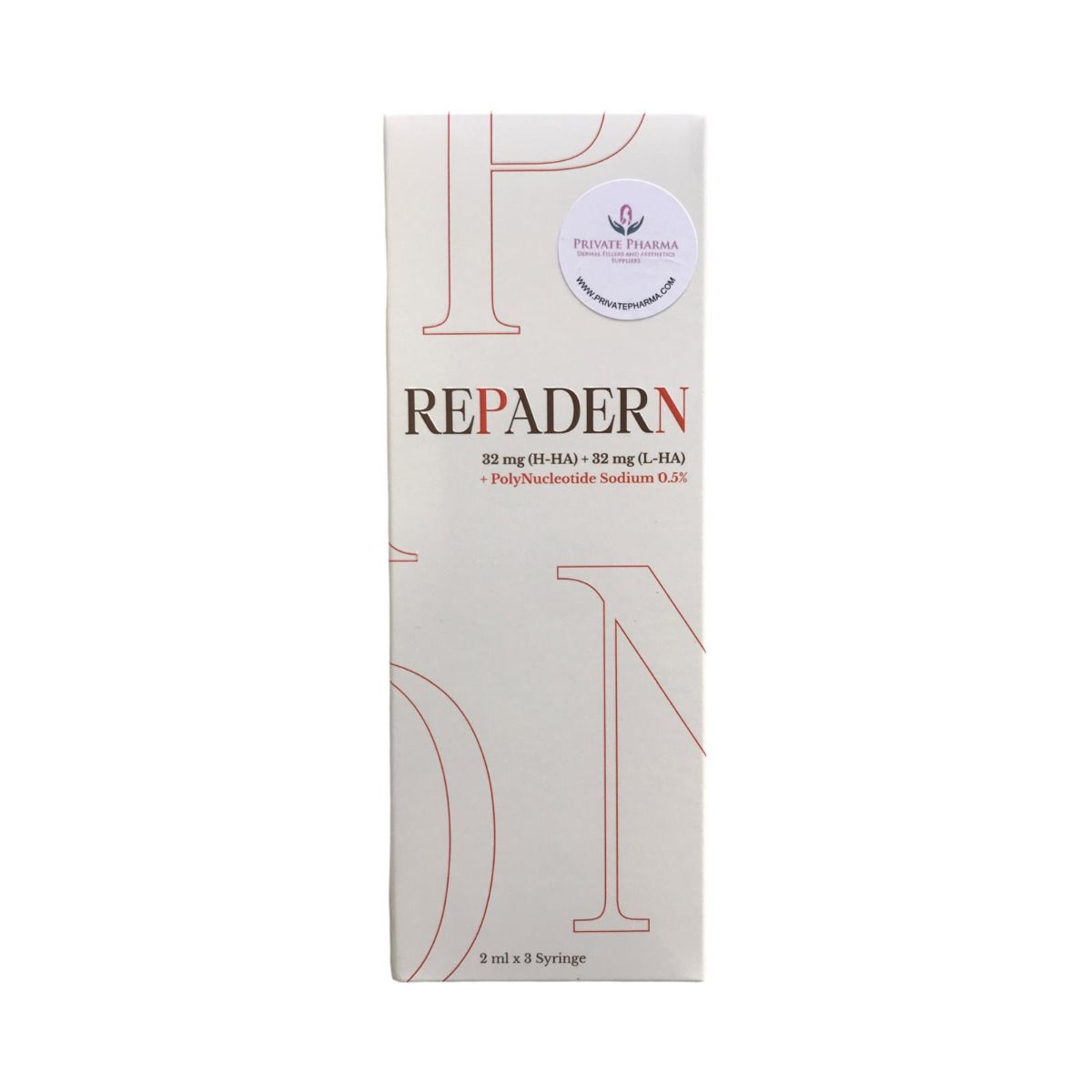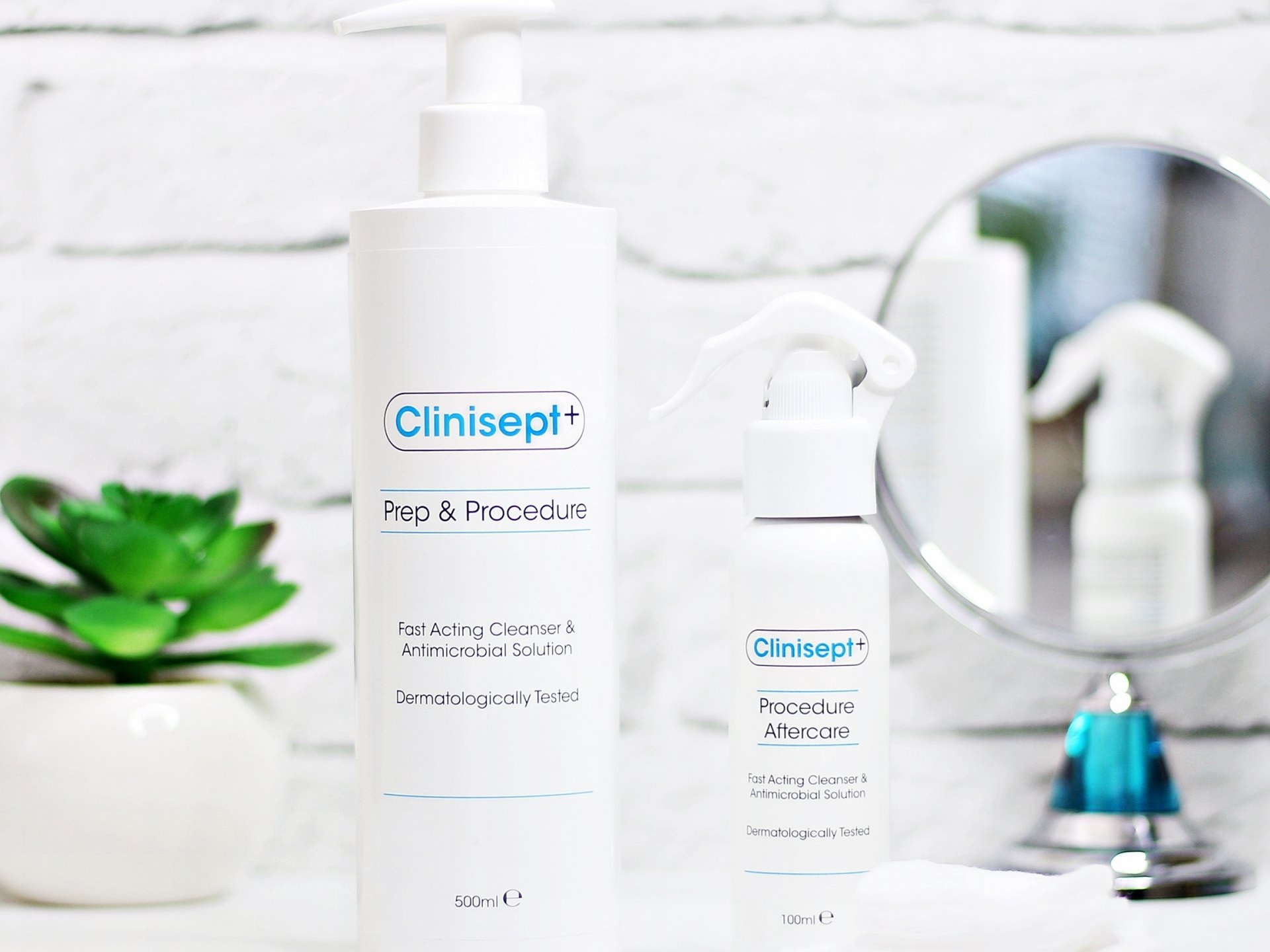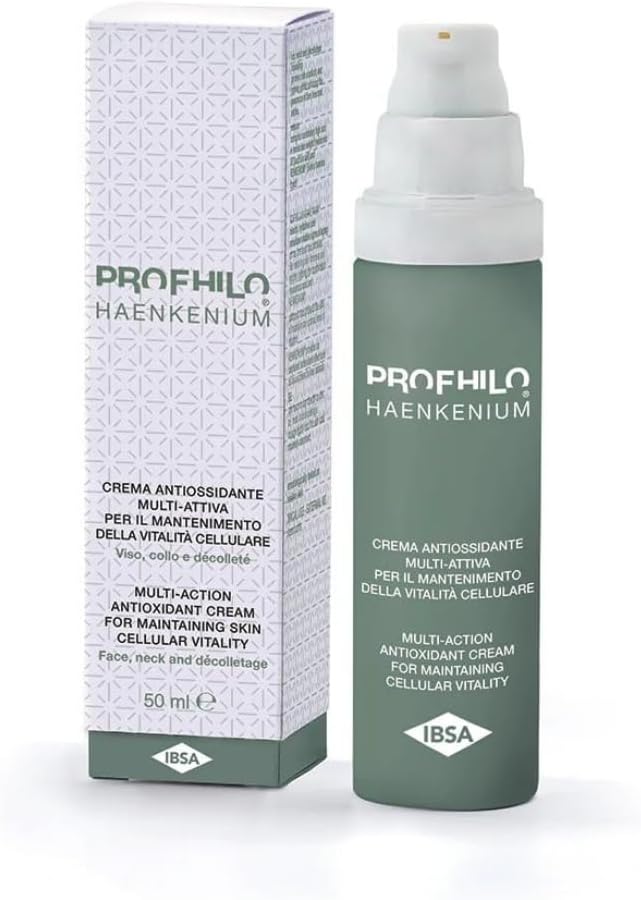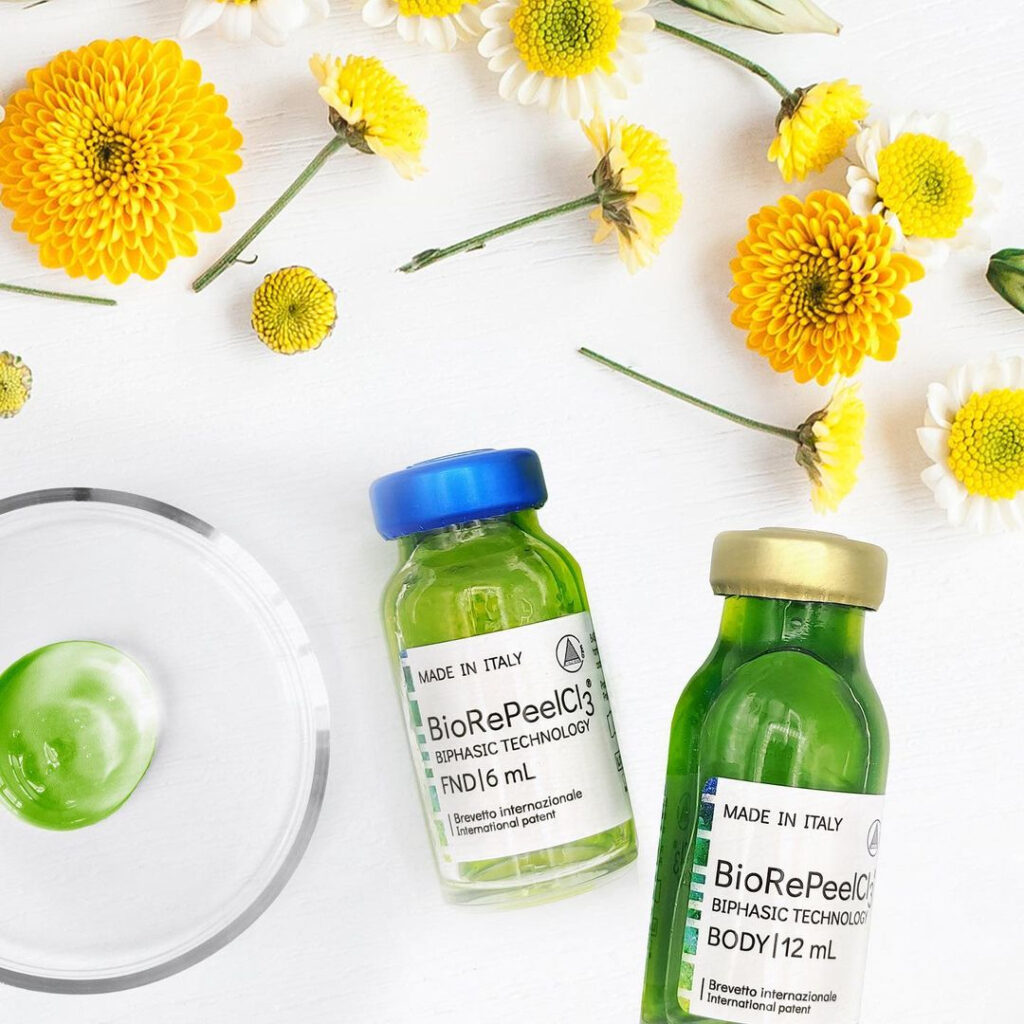
PRP Treatment: What Is It and Why Is Everyone Talking About It?
If you’ve been keeping up with beauty trends or the latest in regenerative medicine, you’ve probably heard of PRP treatment, also known as Platelet-Rich Plasma therapy. It’s been all over social media, celebrity endorsements are everywhere, and the buzz isn’t showing signs of slowing down. But what exactly is PRP, and why are so many people turning to it for everything from skin rejuvenation to joint pain relief?
Let’s dive into the details of PRP, how it works, and why it’s become such a game-changer in both the cosmetic and medical world.
What Exactly Is PRP ?
PRP stands for Platelet-Rich Plasma, which is a concentrated component of your own blood. You might be wondering how something that’s already in your body can suddenly become this magical cure-all. The secret lies in the growth factors found in platelets. These are proteins that play a huge role in healing and tissue regeneration.
In PRP treatment, a small amount of your blood is drawn, spun in a machine (called a centrifuge) to separate the plasma, and then that concentrated plasma – which is rich in platelets – is injected back into your body. Since the plasma is coming from your own blood, there’s almost no risk of allergic reactions or other major side effects.
How Does PRP Work ?
So, how exactly does PRP help your skin or heal an injury? It all comes down to those growth factors.
When there’s any damage to your skin, muscles, or tissues, platelets are one of the first responders in the healing process. They help stop the bleeding, promote clotting, and release growth factors that encourage your cells to start repairing themselves. PRP therapy takes that natural healing process and supercharges it by concentrating the platelets and delivering them directly to the areas where you want healing or rejuvenation.
Imagine it as giving your skin, hair, or joints a powerful dose of regenerative energy.
PRP in Beauty: Why It’s Become a Skincare Favorite
PRP treatments gained massive popularity in the beauty industry when celebrities like Kim Kardashian and others started raving about its benefits for skin rejuvenation. You might have even heard of the “Vampire Facial” – a catchy name for a PRP facial treatment, where your own blood (plasma) is applied to your face after microneedling. But what does it actually do for your skin?
Here’s what PRP can help with in the beauty world:
• Reducing Fine Lines and Wrinkles: PRP stimulates collagen production, which is essential for maintaining youthful, firm skin. With age, our skin’s natural collagen production slows down, leading to sagging and wrinkles. PRP can boost this process and create a more youthful appearance.
• Improving Skin Texture and Tone: Whether it’s dull skin, rough patches, or uneven pigmentation, PRP can help smooth things out. It encourages cell turnover and regeneration, leaving your skin looking fresh and radiant.
• Minimizing Scarring: If you’re struggling with acne scars or other skin imperfections, PRP can promote healing and reduce the visibility of scars over time.
• Boosting Hydration: PRP helps to improve the skin’s overall health, which can lead to better moisture retention, leaving your skin looking plumper and more hydrated.
These benefits make PRP a hot option for anyone looking to refresh their skin without invasive procedures or chemical treatments. And the best part? It’s all natural.
PRP for Hair Loss: A Lifesaver for Thinning Hair
If you’re struggling with thinning hair or early-stage hair loss, PRP is also a favorite treatment for hair restoration. The idea here is similar to its effects on skin – PRP is injected into the scalp, where it stimulates dormant hair follicles to start growing again.
PRP therapy for hair loss doesn’t promise miracles, but it can significantly help if you’re experiencing hair thinning or are in the early stages of androgenetic alopecia (male or female pattern baldness). It’s often used alongside other treatments like minoxidil or finasteride to boost results.
It’s a go-to option for people looking for a natural and non-surgical approach to hair regrowth.
PRP in Medicine: Healing Injuries and Reducing Pain
Beyond the beauty world, PRP has been used for years in sports medicine and orthopedics to help heal injuries and reduce pain. Athletes like Tiger Woods and Rafael Nadal have used PRP therapy to recover faster from injuries like sprained knees or tendinitis.
Here’s why PRP is so appealing in the medical world:
• Joint Pain Relief: PRP has been found to be effective in treating osteoarthritis, particularly in the knees. When injected into the joint, it can reduce inflammation and pain while promoting cartilage repair.
• Tendon and Muscle Injuries: PRP has been used for treating tendinitis and muscle strains. It helps speed up the healing process by bringing concentrated growth factors to the injured area, which aids in tissue regeneration.
• Post-Surgery Recovery: Some doctors even use PRP after surgeries to help speed up recovery times and reduce scar formation.
The best part? It’s all your own body’s natural healing power – nothing foreign, nothing synthetic.
What Can You Expect During a PRP Treatment ?
One of the most common questions people have is about the process itself – is it painful? Does it take a long time?
Here’s what to expect if you’re considering a PRP treatment:
1. Blood Draw: First, a medical professional will draw a small amount of your blood, similar to when you get a routine blood test.
2. Centrifuge: Your blood is then placed in a centrifuge, which spins it at high speeds to separate the platelets from the red and white blood cells. This takes about 10-15 minutes.
3. Injection: Once the PRP is ready, it’s injected into the area you’re targeting. For skin treatments, PRP may be combined with microneedling for better results. For hair or joint treatments, it’s injected directly into the scalp or affected area.
4. Minimal Downtime: After the procedure, you might experience some redness, swelling, or bruising at the injection site, but this usually subsides within a day or two. There’s no major downtime required, which is a big plus for people who have busy schedules.
While some people may see noticeable results after one treatment, most dermatologists and doctors recommend a series of treatments for optimal results.
Are There Any Risks or Side Effects with PRP ?
Since PRP uses your own blood, the risk of side effects is pretty low. However, as with any injectable treatment, there are some minor risks you should be aware of:
• Swelling and Bruising: Some people may experience mild swelling, bruising, or redness at the injection site. This is typically short-lived and resolves within a few days.
• Infection: Although rare, there’s always a small risk of infection with any procedure involving needles. Make sure you go to a reputable clinic with trained professionals to minimize this risk.
Overall, PRP is considered safe, especially when done by a licensed practitioner.
Who Is a Good Candidate for PRP ?
PRP is a great option for a wide variety of people, but it’s especially effective for:
• People looking for natural skin rejuvenation without chemicals or surgery.
• Individuals experiencing hair thinning and looking for a non-invasive treatment to stimulate hair regrowth.
• Athletes or active individuals with joint or tendon injuries who want to speed up recovery without surgery.
• Those looking to improve skin texture, reduce acne scars, or achieve a youthful glow.
However, PRP might not be suitable for everyone. People with blood disorders, certain medical conditions, or those taking blood thinners should consult their doctor before considering PRP therapy.
Is PRP Worth the Hype ?
The simple answer is yes – for many people, PRP has delivered real, noticeable results. Whether you’re looking to smooth out fine lines, regrow thinning hair, or recover from an injury, PRP taps into your body’s natural ability to heal and regenerate.
Of course, like any treatment, results vary from person to person, and it’s important to have realistic expectations. PRP isn’t a miracle cure, but for many, it offers a safe, natural, and effective way to enhance the skin, rejuvenate hair, and support healing in a variety of medical conditions.
If you’re considering PRP, make sure to consult with a qualified medical professional to determine whether it’s the right option for you. With the right care and guidance, PRP can be a powerful tool in your beauty or wellness routine!
view our PRP products on our website www.priavtepharma.com

